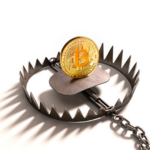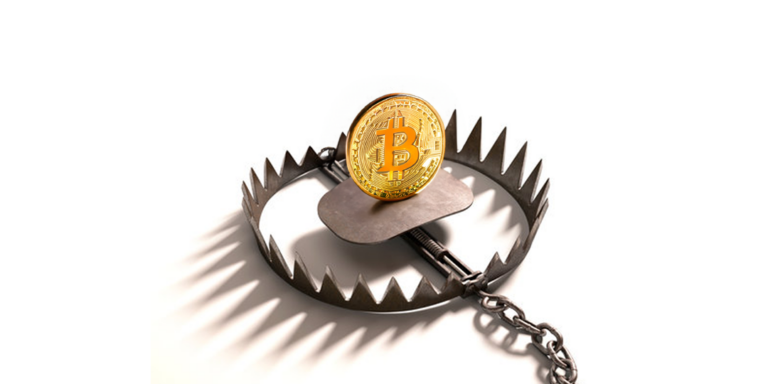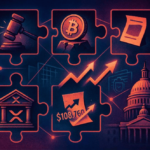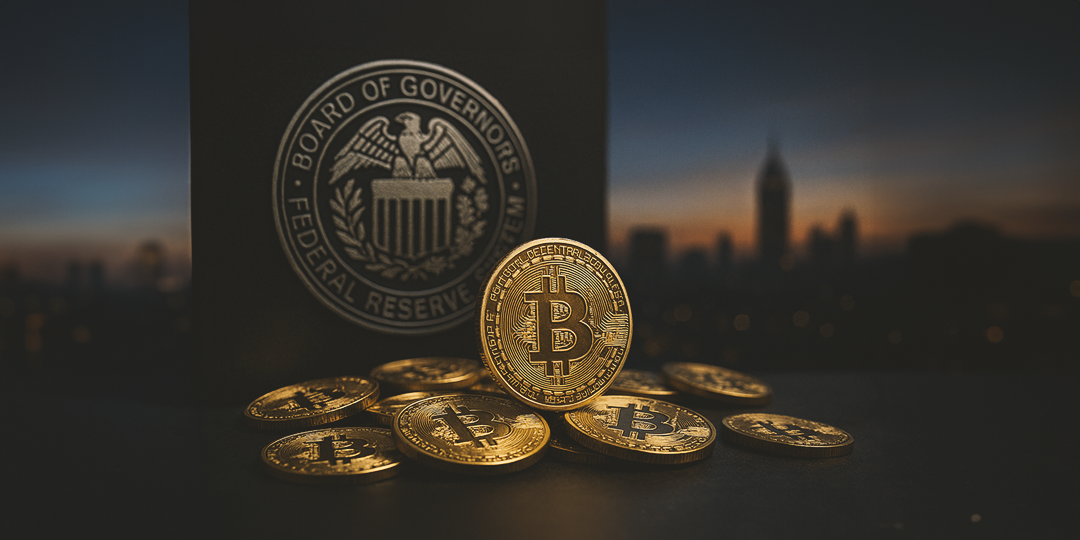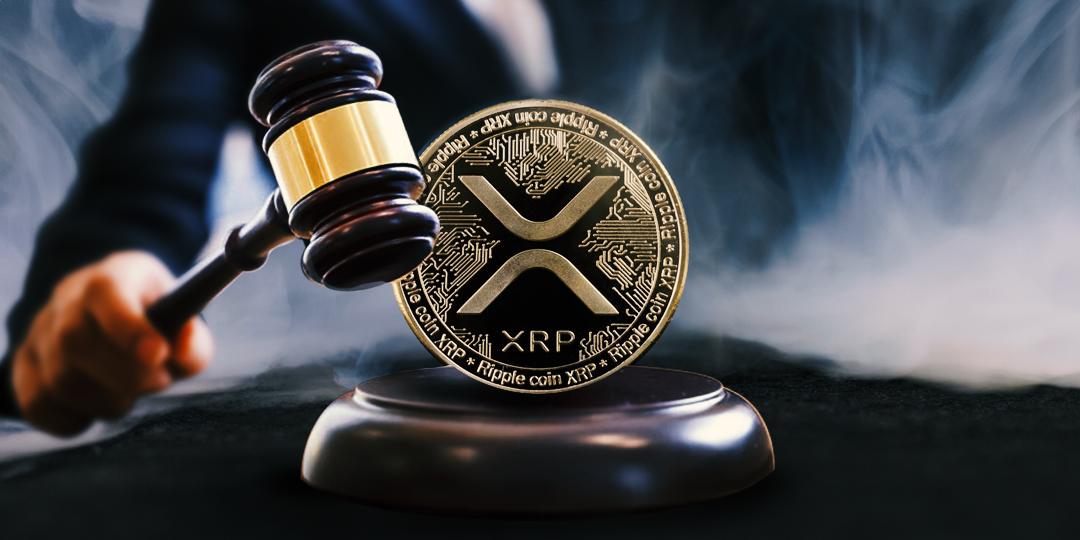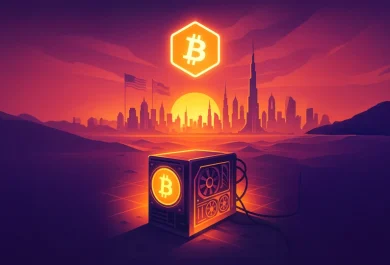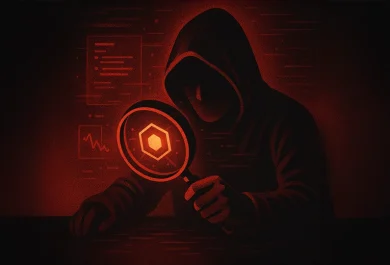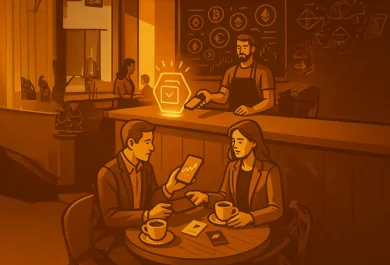A brilliant comeback or never returning to the crypto landscape? What would you prefer if you had ever experienced a scam in the crypto or NFT sectors? Although “learn from experience” is a pretty well-known saying, many of us may hesitate to look back, or some may take precautions to avoid jumping into scams again after a hard-hitting experience. Isn’t it?
Okay, that said, this is a guide, not simply a guide, but one that can teach you to protect yourself from being taken for a ride.
What is rug pulling?
When you drop serious cash on a crypto or NFT-based project and the developers of that project run away with your money, bringing no profits to you, this is called rug pulling or exit scam, in simple words. The term is derived from the phrase “to pull the rug from under someone”, meaning to cause someone to lose everything by suddenly taking away support.
The developers typically abandon their project after collecting a huge amount of money they obtained from selling tokens, leaving investors in shock. They initially offer high returns and deploy various tricks to lure investors. A drastic moment that will lose your hope in web3 investments! However, that’s not the case with all the blockchain projects. Cryptocurrencies can be one of the best ways to earn income if you stay alert against scams and fraud.
How does a rug pull work?
Rug pulls are well-orchestrated schemes to mislead your thoughts on crypto. If you are dubious about a project or not, scammers play tricks to make you believe this project is highly reliable and income-generating until you bury your face in your hands! The developers usually promote their project (token) through fake promises of high returns and celebrity endorsement that would directly inflate the value of the token. Then the token price goes up with the hype, and you are now more into investing; a trick played to trick the poor investors!
So, what do their promises generally look like? To expand, the entire process involves three main categories,
- The over-hype phase
- Typically, over-boosting the project by setting up active communities and groups on social media, especially Discord and Telegram, with admins boosting the members to buy the token
- Over-hyped, flashy captions: “Leverage your growth by 100x”, and “Get XXX tokens and become a billionaire”, displaying across their website.
- Promising future utilities, for instance, passive income, exclusive rewards, affiliate programs, gaming, web3 access, and more.
- Fundraising
– This stage is crucial for the devs as it focuses on token sale or NFT mint, often offered at lower prices.
– Once the sale is announced, people hurry up to grab the tokens, creating a FOMO- fear of missing out.
- Vanish mode on
– This is nothing more than running away with the money you invested in their liquidity pool!
– The owners steal the money they collected through the token sale and transfer it to their wallets.
– Finally, they shut down their websites and dismiss social media groups.
Eventually, it’s a Hurray time for them and Alas for you!
These are just limited examples of how a rug pull process happens; in fact, there are several other tactics the shady developers deploy to fill their pockets.
Types of rug pulls
Soft rug pull
The devs gradually take time to draw off the investor money, meanwhile staying active in social media groups to guise their true intention. However, in this exit strategy, the project admins reduce communication and updates in the groups, softly siphoning off the investors’ money. This deliberate process happens slowly and not all of a sudden.
Hard rug pull
Unlike soft rug pulls, hard rug pulls happen very quickly and unexpectedly. The project developers or owners suddenly disappear with the money and leave social media groups. It is sometimes hard to realize that you are being cheated, and it puts you in an entangled situation with no chance of fund recovery. The project admins plan to vanish from the community soon after the launch or token sale.
Slow rug pull
The developers behind the project pretend to be legit and transparent, but siphon off the money after a long time. They keep posting updates and fake news related to the token in social media groups; however, they quietly pull out the liquidity.
If you know, you know! Signs of rug pulling
You cannot easily understand how trustworthy particular crypto or NFT projects are unless you know their true nature.
- Unknown identity: If the identity of the project owners is anonymous, then do not go for it. Credible projects are backed by an identified or transparent team and a proven track of record.
- Over-hype: Highly exaggerated captions promising high income are skeptical.
- High return promises: if you come across projects promising over-the-top profits/yields, research well and ensure the truth behind.
- Irregular whitepapers: highly technical documents with a lack of clarity and misleading information may cover the true intentions behind the project.
- Poor liquidity with no smart contract audit: An unlocked liquidity with no smart contract can be easily withdrawn, leading to price manipulation.
Steps to protect yourself from rug pulls
Research is the key
Research, research, research. A thorough understanding of a project/company is the most relevant step to protect yourself from rug pulls. Know the owner, the company, and the entire management. While new projects may not have enough information to show, the ideal way to analyze is by checking the project profile, owners, and the team. You need to focus more on the project roadmap and trace the history.
If you are investing in an NFT or crypto project, conduct proper research on the project on DappRadar’s NFT explorer or CoinMarketCap, platforms where you can track the history of an NFT or crypto project. Additionally, go for whitepapers and roadmaps to confirm the transparency of the project.
Trading volume talks loudly
Yes, trading volume talks big about the reliability of a project. A legitimate project would have a higher volume, indicating a higher market participation and trustworthiness. Market volume also determines active involvement of investors and stronger liquidity and sentiment.
Say goodbye to hype-driven projects
There have been cases where scammers might unnecessarily hype or promote crypto projects, creating a FOMO (fear of missing out). Specifically, several agencies perform PR work for such projects, alerting people with the idea “if you do not buy this token, you are going to be at a great loss”. Be cautious of such fraudulent projects that can waste your energy.
Monitor community activity
Another ultimate way to defend yourself against rug pulls is to join the project community groups and stay active to monitor the activities. If you see anything suspicious, it is time to exit before they do an exit strategy.
Check tokenomics
Tokenomics is the study of the economic aspects of tokens and how they are distributed across multiple wallets. If a large amount of a token is held by specific wallets or developers, chances are high that they can manipulate the price by dumping it. This uneven circulation of tokens is a warning that you have invested in an illegitimate project.
Take your time to check their time
Yes, before investing in a project, spend time researching the project as mentioned, specifically, check if the devs are pressuring the community to buy the tokens. Note, legitimate projects do not attempt to force people into believing fake promises such as “Rush now to stop worrying” or “Buy quickly to generate high income”. They may dedicate time to properly launch the token sale and carefully handle each step thereafter.
Some fresh rug pull cases
OneCoin
The Largest and well-known crypto scam, where the developers behind this project highlighted it as a revolutionary crypto and eventually pumped and dumped billions of US dollars, only to disappear with the money. In reality, OneCoin did not have a blockchain network or a cryptocurrency.
AnubisDAO (2021)
Another exit scam, known as the second largest in 2021, stole over $58 million worth of crypto. The project developers claimed to offer a “decentralized, free-floating currency” supported by a basket of assets. The project did not have a whitepaper, and the developers were anonymous with pseudonyms.
Squid Game Token (2021)
The Netflix series Squid Game attracted several investors to put their trust into funding the play-to-earn crypto Squid Game Token. The series did not have anything to do with the project. The token price surged to $2,861, however, the investors found that they were not able to sell the coins, and finally, they began to doubt the project. The token value dipped, leading investors to hold worthless tokens. The devs cashed out their assets, effectively moving liquidity from the exchange.
Big Daddy Ape Club (2022)
Scammers withdrew over $1.3 million in Solana, the worst crypto scam happened on the Solana network! Unlike other rug pulls, the developers behind this NFT project raised $1.3 million for an upcoming mint. Unfortunately, no NFTs were ever minted, and the team disappeared from Discord and other social media channels hours before the mint, leaving people empty-handed.
Libra Token (2025)
This adds to the latest list of crypto rug pull projects. With Argentinian President Javier Milei’s promotion of Libra Token for bolstering the country’s economic growth, many investors put their heads into this trap. However, the perpetrators withdrew the funds and vanished, decoupling the token value. This is a simple reminder that high-level endorsements alone are not a good tactic to establish the legitimacy of a project.
It’s not that easy to stay vigilant to spot the red flags. All you need is guts and brains to carry on proper research on crypto projects before diving into investing. Know the founders, tokenomics, liquidity pools, roadmaps, whitepaper, and everything else. Think twice before you act! Wait, think as much as you can to avoid falling prey to “exit scammers”.
